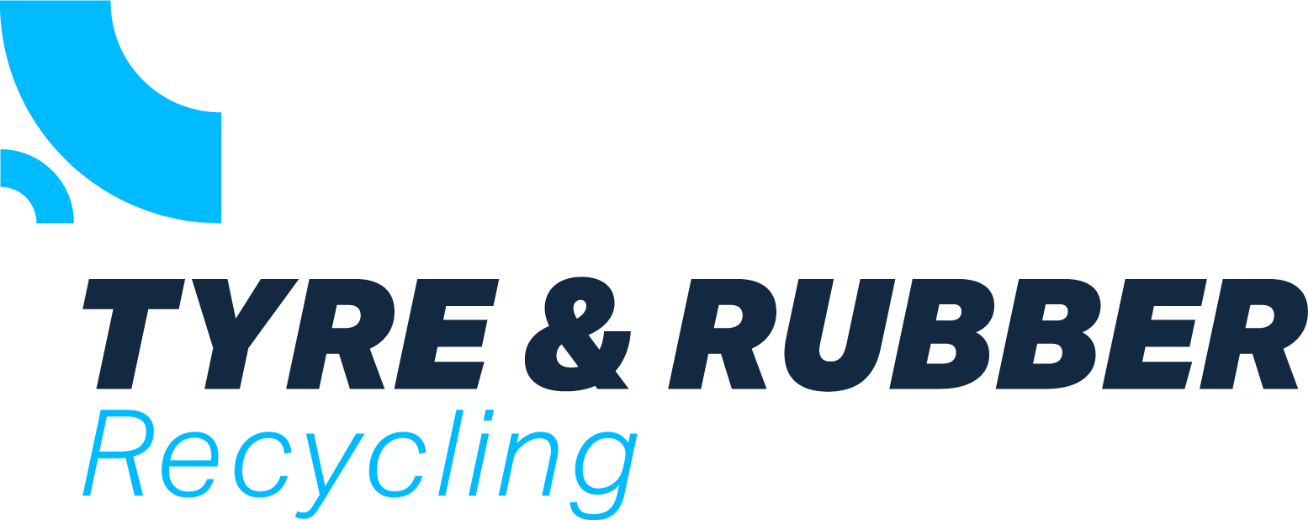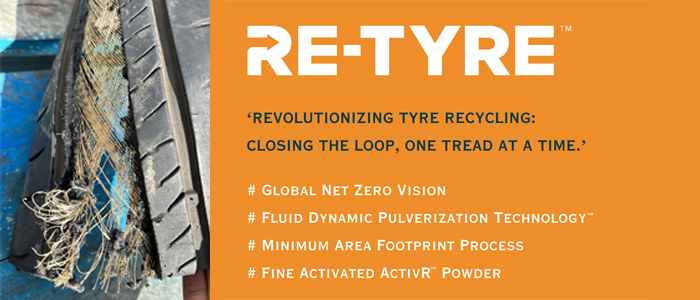Retyre is a new brand in the tyre recycling market, and it comes with a new approach to recovering materials
The broader technology of water jetting is not in itself new, there are already players in the market. However, Retyre’s process is compact, efficient, and portable, capable of fitting in a 20ft container.
The detail of the technology has not been completely revealed at this stage, but Tyre and Rubber Recycling has seen the pre-production unit, and it lives up to the claims made by Retyre. The output is an activated rubber, called AcitvR™, and a clean steel. Textile is removed in the classifier process.
Retyre’s Managing Director, Ken Jones, advises that top tyre manufacturers have shown a keen interest in the project and says that they are more than happy with the end product. Within the first couple of weeks of revealing the technology to key market players, there are already several potential orders on the books from independent regional recyclers, and tyre manufacturers are looking at how the Retyre business model can fit in their business plan.

And this is where the Retyre model diverges from the norm. Retyre aims to maintain ownership of the technology and establish installations where they have licensing agreements with the operators.
Rather than the recycler buying the equipment outright, they will buy an installation licence. Once the machinery is installed, they will take responsibility for producing the end product, but Retyre will manage the end product sales through its agreements with tyre manufacturers, in particular.
Company Chairman Shravan Bansal explains; “We don’t want to process; we want to manage the installation and manage the sales of the end product. At all times, we will retain the ownership of the technology. One tyre company offered to buy the technology outright. We declined because we want to offer a global solution to tyre recycling. Selling to one company would restrict the benefits. So, we want to see anyone interested in tyre recycling able to access this technology. It could be a tyre manufacturer, a tyre recycler, or anyone with the funds to cover the installation and set up a tyre recycling business. Once it is set up, it takes just two staff to operate. This is a low-cost to operate system, and we believe that there is a massive market capacity for this technology.”
The concept is one that Ken Jones has been playing with for several years. Jones has a history in the recycling sector, and his interest is deeply held. The project itself involves some big names and is being built by a Bosch Rexroth company, and has control systems from Siemens, so no expense is being spared in creating a technology that could have a remarkable impact upon the recycling sector.
Asked about the output, which is currently from the tyre tread and includes the SBR tread, the rubber from the casing, and the butyl liner. Jones explained that the output could be adjusted to exclude the butyl if required. The output can be controlled to generate the optimum quality of activated rubber for any particular market.
Bansal adds; “We want to change the tyre recycling market. This technology can be installed anywhere, by anyone with a suitable location. The equipment is designed to be installed in multiple locations to produce material locally. Shipping tyres is like shipping air, and air is one of the most expensive elements to transport. I envisage local sites taking in tyres from their area, processing them, and shipping out the finished product. There will be no need to export waste tyres with this technology. Instead, those handling tyres can make generous returns just by operating this technology. The ROI on this equipment could be very quick indeed. Our business model for Retyre is disruptive and could change the face of tyre recycling in the OECD markets.”

















